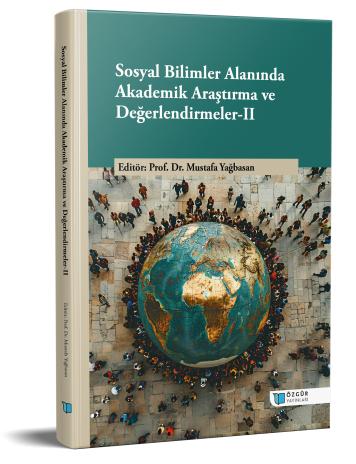
The Dark Side of Tourism: Sex Tourism Bibliometric Analysis
Chapter from the book:
Yağbasan,
M.
(ed.)
2024.
Academic Research and Evaluations in the Field of Social Sciences-II.
Synopsis
This study aims to reveal the conceptual, intellectual and social structure of sex tourism research, which is the dark side of tourism in tourism literature. In this context, the bibliometric analysis method was used. In the study, a total of 294 articles published between 1983 and 2024 were selected from the Web of Science database and a bibliometric analysis was conducted. The analysis revealed that only one study was conducted on sex tourism in 1983 and no studies were conducted until 1992. 2017 was the year with the highest number of publications with a total of 25 publications. The study concluded that sex tourism received more attention from researchers and was published in high-impact journals where the words "sex tourism" and "gender" were widely used. The researchers who contributed the most to this field were Weitzer, Sanders-McDonagh, Sanders-McDonagh, Williams and Jacobs. The USA, England, Australia, Canada and New Zealand are the leading countries in terms of country contribution. The study concluded that prostitution and child sexual abuse can easily be confused in the context of sex tourism. Considering that women and young people in underdeveloped countries may turn to sex tourism due to economic hardship, it is important to take measures to prevent the potential spread of sexually transmitted diseases such as HIV/AIDS. As a result, it is recommended that states ban travel that leads to child sexual abuse and make regulations for sex tourism. This study is expected to contribute to the field as it is the first study to examine sex tourism research in the national literature using the bibliometric analysis method.

